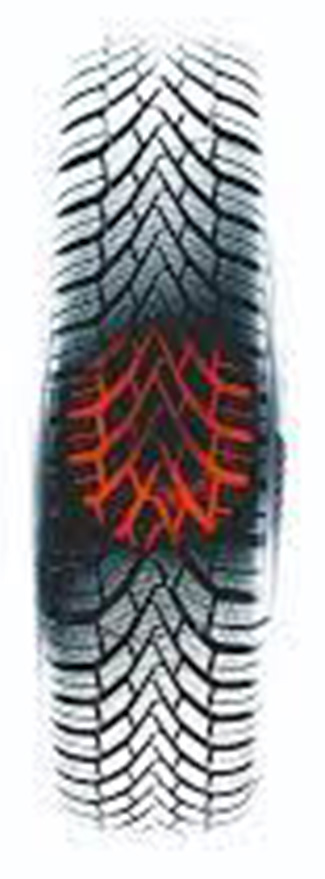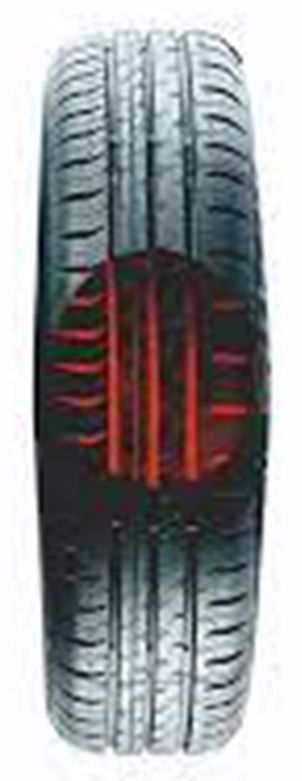The Difference Between Summer and Winter Tires
Spring is now firmly taken hold, the days are getting longer, and the temperatures are rising. With the change of season, spring is also approaching a fixed date for drivers. In other words, it's time to change the tyres again. But what actually changes if I am on the road with the wrong tyres, and is it really not a good idea to continue using the "old" winter tyres in the summer? This article provides some answers to these questions.
Characteristics of a winter tyre:

-
A winter tyre is made from a soft rubber compound. It contains proportionally more natural rubber, so the rubber remains softer and does not harden, even at low temperatures. Thus, a winter tyre always has more contact with the road and thus more grip.
-
A winter tyre also has wider tread grooves. Snow collects in these grooves, which in turn increases the grip on snowy roads. However, the tyre is also designed to shed accumulated snow on cleared roads and allow accumulated water to disperse.
-
The running surface of the winter tyre has many ribs. These shift as the wheel rotates, forming a zigzag pattern. The resulting grip edges provide additional adhesion on snow and ice.
Characteristics of a summer tyre:

-
The rubber compound of a summer tyre is harder. It is designed to provide optimum performance, even at higher temperatures, without becoming soft. This reduces rolling resistance, which has a positive effect on fuel consumption, among other things.
-
The summer tyre has more longitudinal grooves. More water can be displaced through these, which reduces the risk of aquaplaning.
-
The tread of a summer tyre consists mainly of simple, smooth rubber blocks in the central area. These ensure large-area contact with the road and thus better handling and a shorter braking distance.
How does the driving experience change when the wrong tyres are used?
As already mentioned, summer and winter tyres are made from different rubber compounds. This has an impact on driving stability and braking distances. With winter tyres, the braking distance on snowy roads at 50 km/h is around 31 meters. With summer tyres, the braking distance is twice as long at 62 meters. The situation is similar, although not quite as drastic, with winter tyres in summer. Although the difference between the two tyre types is not very great on a wet road, the braking distance with winter tyres in summer is considerably longer on a dry road.
Are all-season tyres a viable alternative?
All-season tyres are a viable alternative to the six-monthly tyre change. These tyres can be used both as summer and winter tyres (provided that they are marked "M&S" and have the required minimum tread depth of 4 mm). In winter, all-season tyres come quite close to the traction and braking behaviour of winter tyres, but very quickly reach their limits in snow and ice. In this case, special tyres should be used or the vehicle should not be driven in most winter conditions.
In any case, summer tyres are better than all-season tyres in summer. On warm asphalt, whether wet or dry, the all-purpose tyres cannot compete with the summer tyres. Braking distances are longer, and the driving behaviour is spongier.
As you can see, changing the tyres every six months makes perfect sense. This not only shortens the braking distance in an emergency, but also significantly improves the general driving behaviour.